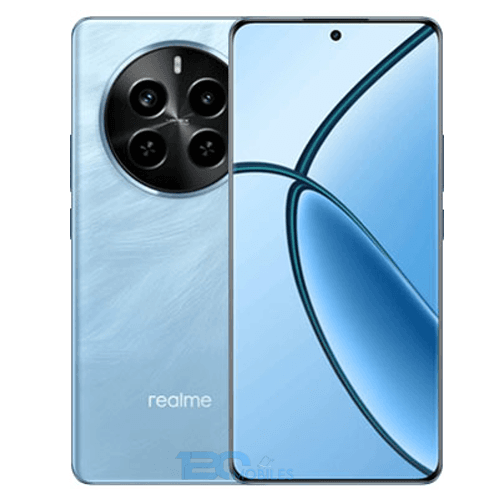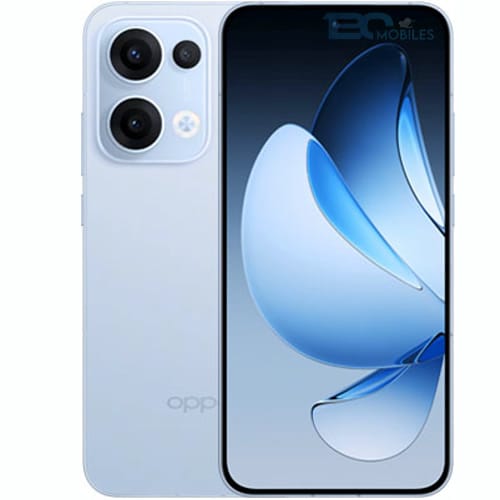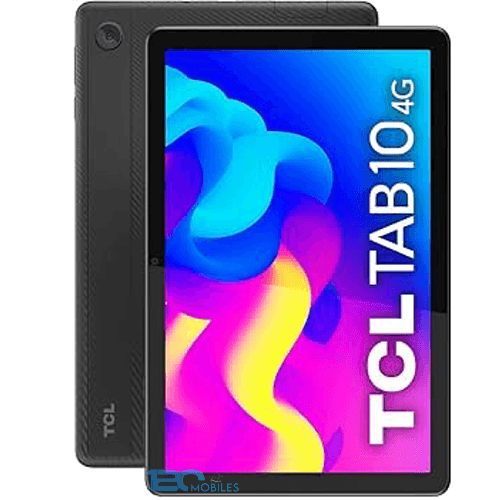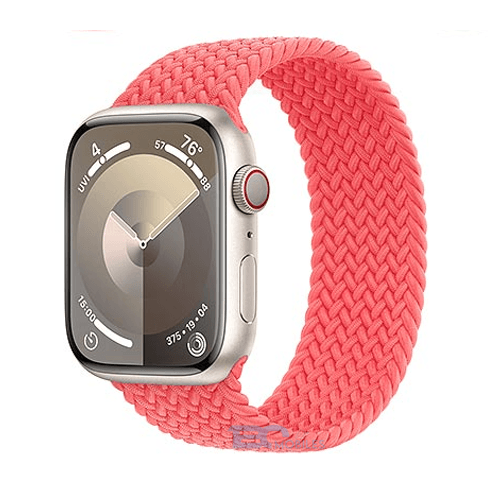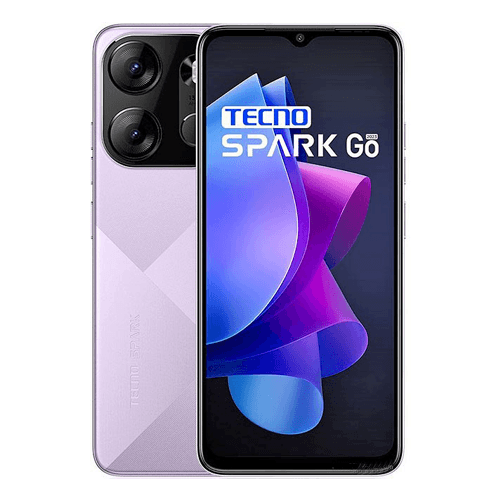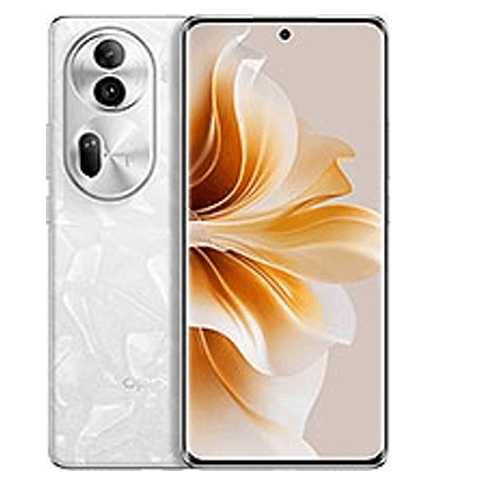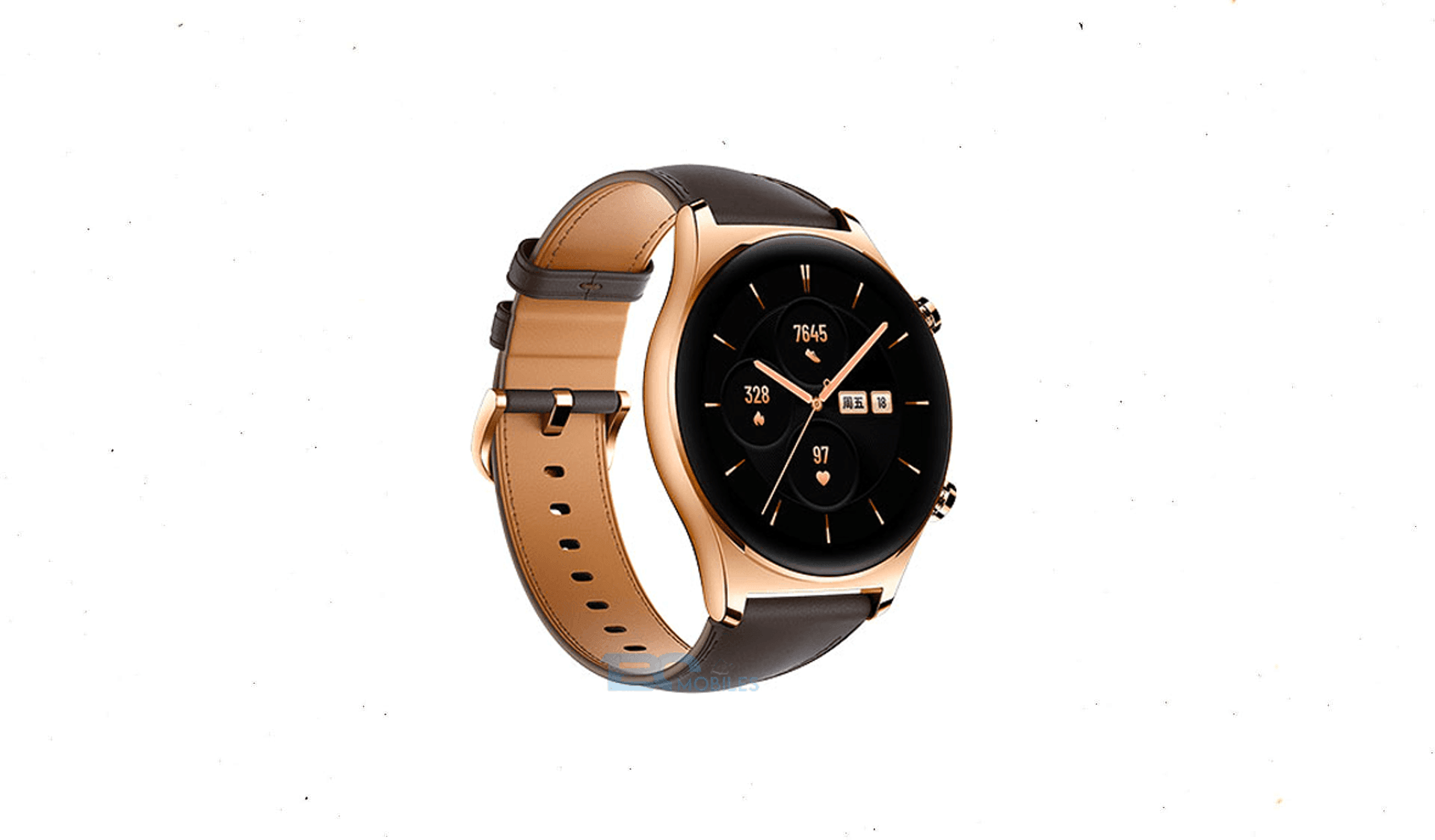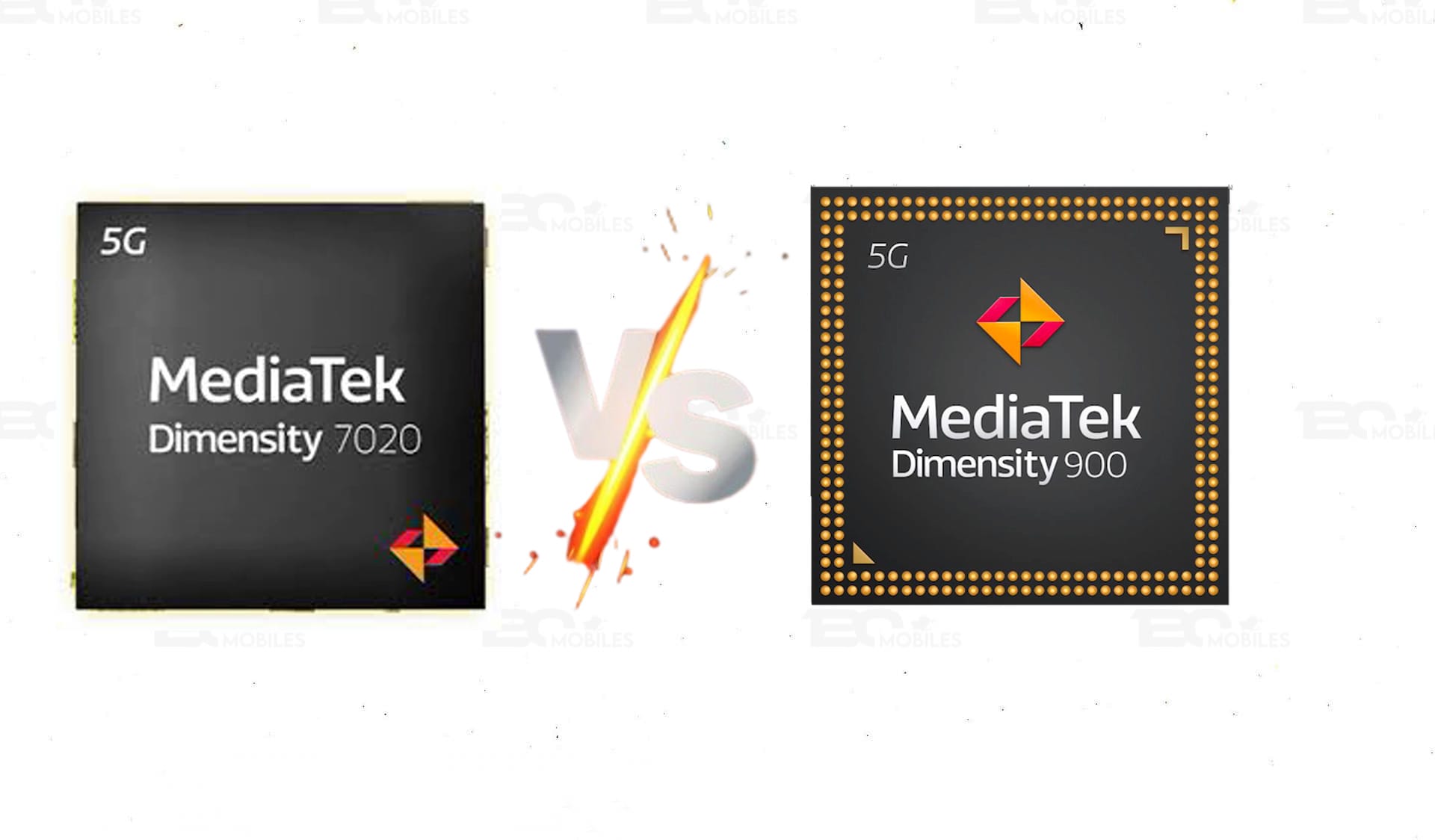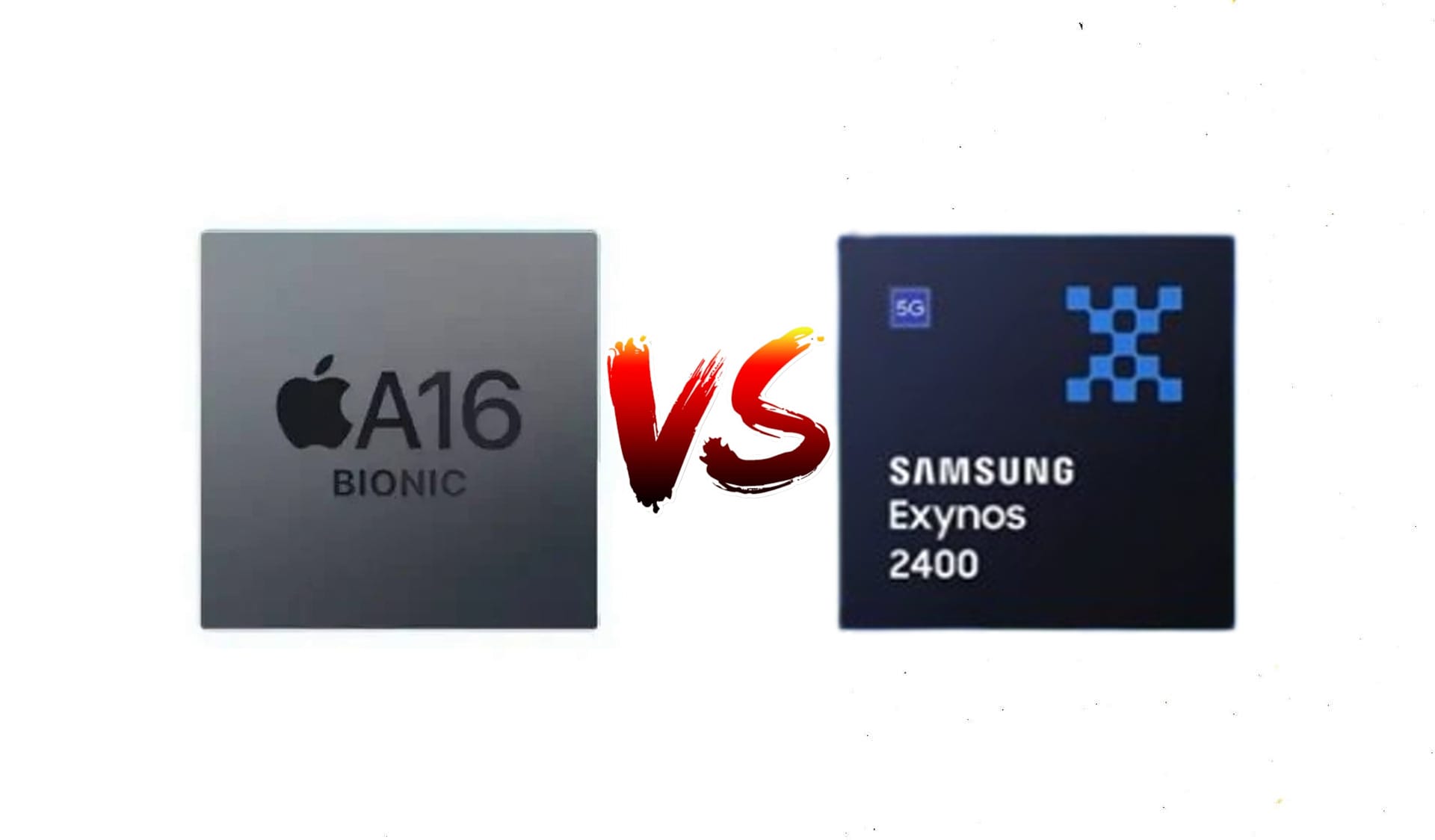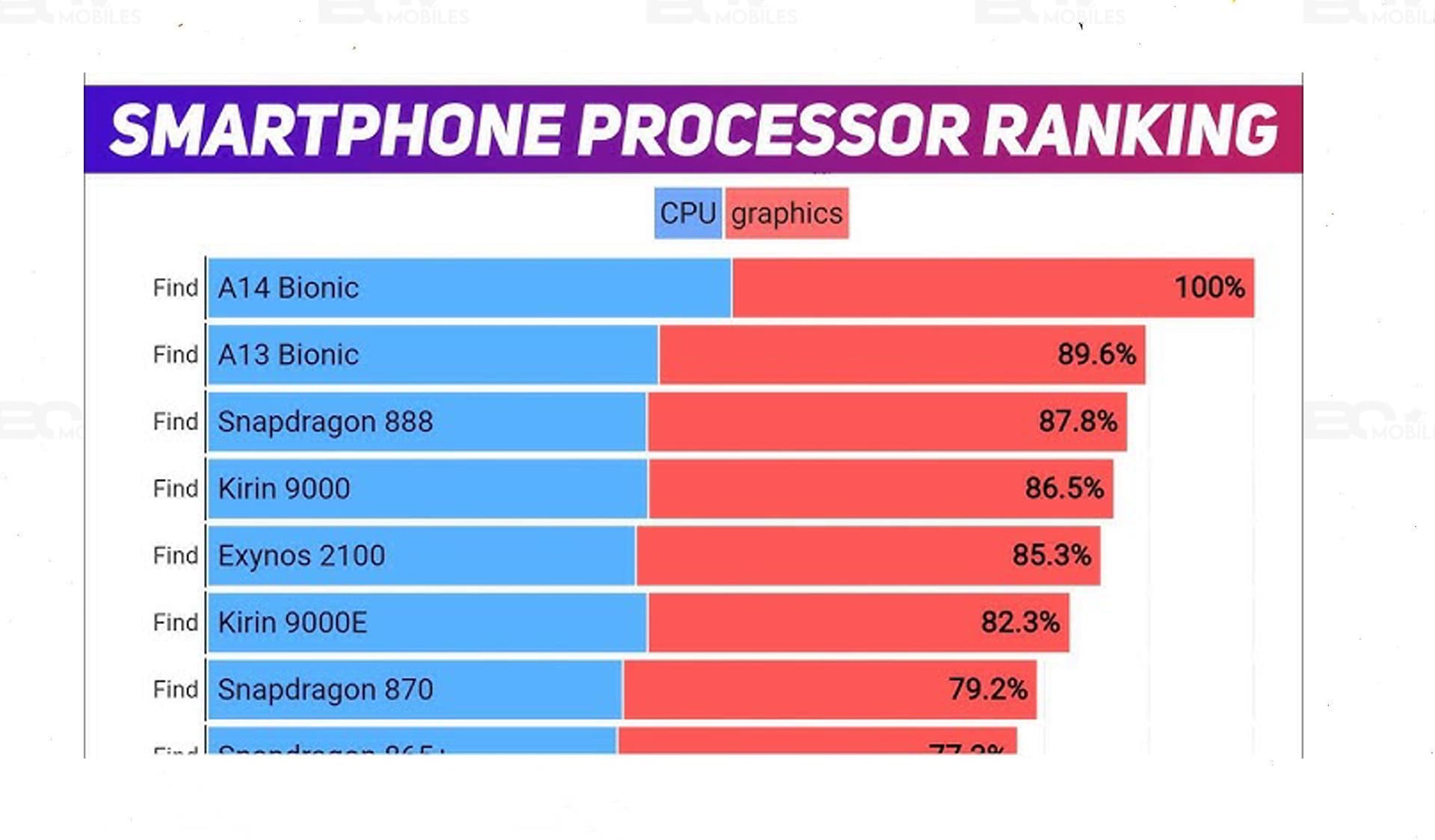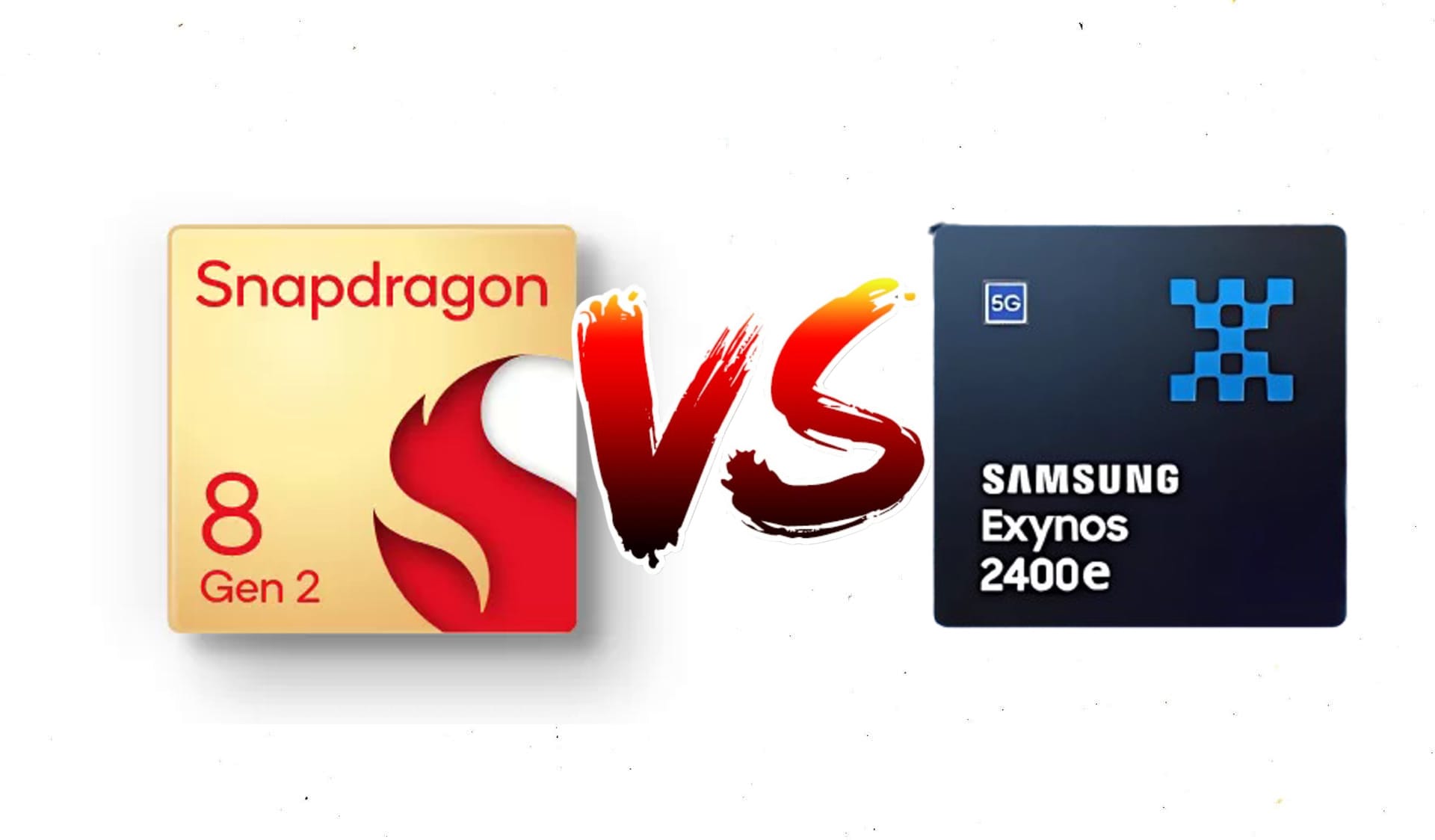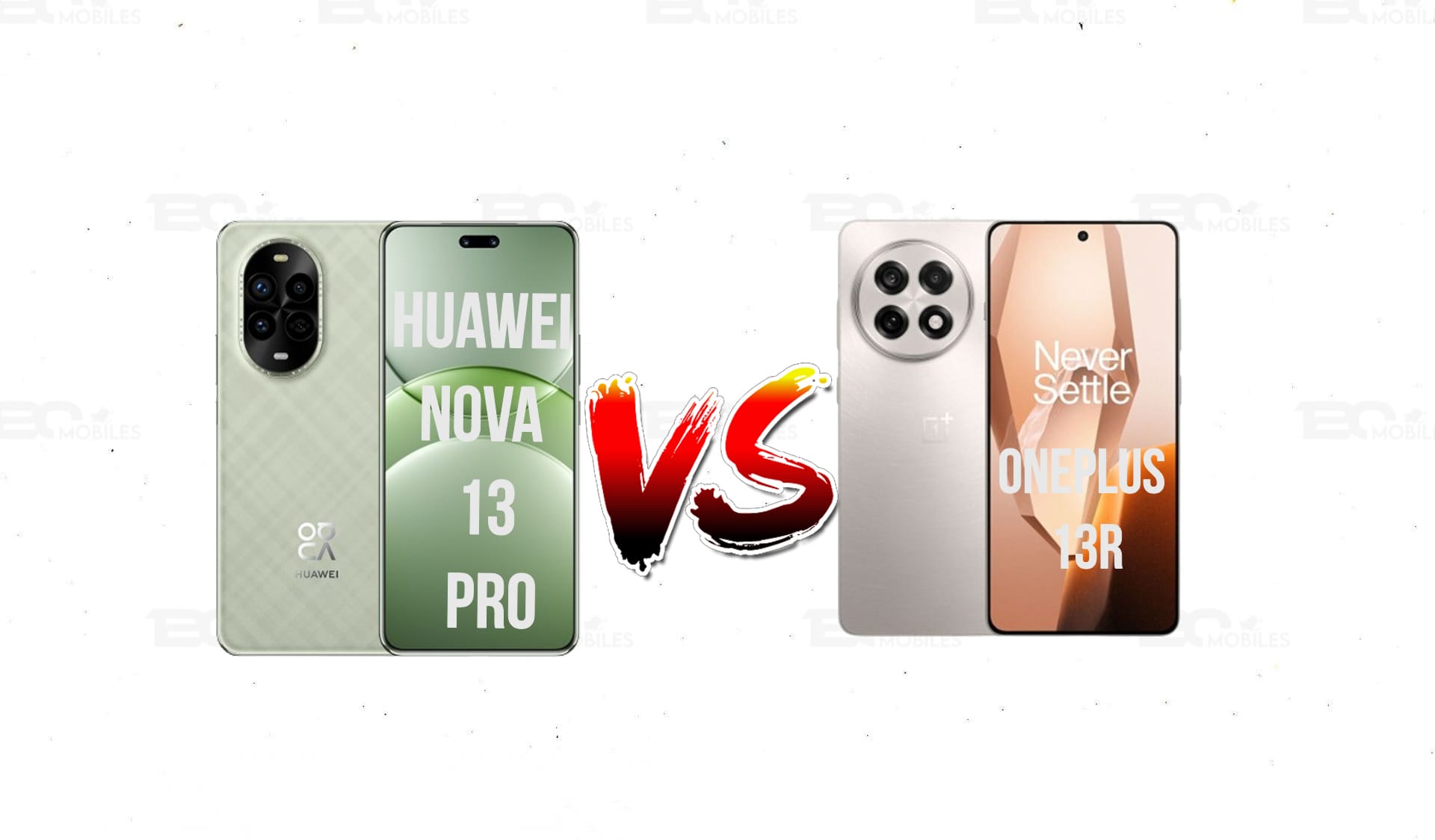Here’s a comprehensive comparison between the Xiaomi Redmi Turbo 4 and the Huawei Nova 13.
📑 Table of Contents:
- 📏 Size Comparison
- 🖥️ Display Comparison
- 🔋 Battery Life
- ⚡ Charging Speed
- 🔊 Speaker Test
- 🚀 Performance
- 📊 Benchmark Performance
- 📸 Camera Comparison
- 🎥 Video Quality
- 🏆 Overall Verdict
📏 Size Comparison
| Feature | Xiaomi Redmi Turbo 4 | Huawei Nova 13 Pro |
|---|---|---|
| Dimensions | 160.2 x 74.5 x 7.8 mm | 162.3 x 75.5 x 8.1 mm |
| Weight | 181 g | 189 g |
| Display Size | 6.67 inches | 6.78 inches |
| Display Type | AMOLED, 120Hz | OLED, 120Hz |
| Screen-to-Body Ratio | ~90.5% | ~91.2% |
| Bezel Size | Ultra-thin bezels | Minimal bezels |
| Thickness | 7.8 mm | 8.1 mm |
| Build Material | Glass front, plastic back | Glass front and back, aluminum frame |
| Color Options | Black, Blue, Green | Silver, Black, Gold |
| IP Rating | IP53 (dust and splash resistant) | IP68 (water and dust resistant) |
| Ergonomics | Lightweight, easy to handle | Slightly heavier, premium feel |
🖥️ Display Comparison
| Feature | Xiaomi Redmi Turbo 4 | Huawei Nova 13 Pro |
|---|---|---|
| Display Size | 6.67 inches | 6.78 inches |
| Display Type | AMOLED | OLED |
| Resolution | 2400 x 1080 pixels (FHD+) | 2772 x 1280 pixels (FHD+) |
| Refresh Rate | 120Hz | 120Hz |
| Touch Sampling Rate | 480Hz | 300Hz |
| Brightness | 1200 nits (peak) | 1300 nits (peak) |
| HDR Support | HDR10+, Dolby Vision | HDR10, HDR10+ |
| Color Accuracy | DCI-P3 wide color gamut | DCI-P3 wide color gamut |
| Screen Protection | Corning Gorilla Glass Victus | Kunlun Glass (Huawei Proprietary) |
| Bezel Size | Ultra-thin bezels | Ultra-thin bezels |
| Curved Display | Flat | Slightly Curved |
| Always-On Display | Yes | Yes |
| Screen-to-Body Ratio | ~92% | ~94% |
| Notch/Cutout | Punch-hole (center) | Pill-shaped cutout (Dynamic Island-style) |
| Adaptive Refresh Rate | Yes (30Hz – 120Hz) | Yes (30Hz – 120Hz) |
| Outdoor Visibility | Excellent | Excellent |
🔋 Battery Life
| Feature | Xiaomi Redmi Turbo 4 | Huawei Nova 13 Pro |
|---|---|---|
| Battery Capacity | 5000 mAh | 4800 mAh |
| Charging Technology | 120W HyperCharge | 100W SuperCharge |
| Wireless Charging | Not Supported | 50W Wireless Charging |
| Charging Time | 0-100% in ~18 minutes | 0-100% in ~25 minutes |
| Battery Type | Li-Po (Lithium Polymer) | Li-Po (Lithium Polymer) |
| Screen-on Time (SOT) | Up to 8-9 hours (mixed usage) | Up to 7-8 hours (mixed usage) |
| Standby Time | Up to 2 days | Up to 1.5 days |
| Power Efficiency | Optimized MIUI software + AI power saving | HarmonyOS optimization + AI power saving |
| Battery Health | AI-based battery health management | Smart battery health monitoring |
| Reverse Charging | Not Supported | 10W Reverse Wireless Charging |
| Usage Scenarios | Heavy gaming, streaming, and multitasking | Moderate gaming, productivity, and media |
⚡ Charging Speed
| Feature | Xiaomi Redmi Turbo 4 | Huawei Nova 13 Pro |
|---|---|---|
| Battery Capacity | 5000 mAh | 4800 mAh |
| Wired Charging | 120W HyperCharge | 100W SuperCharge |
| Wireless Charging | 50W Wireless Charging | 50W Wireless Charging |
| Reverse Charging | 10W Reverse Wireless Charging | 10W Reverse Wireless Charging |
| Charging Time | 0-100% in ~18 minutes (wired) | 0-100% in ~25 minutes (wired) |
| Charging Technology | Dual-cell battery, Graphene cooling | Single-cell battery, AI power management |
| Adapter Included | Yes (120W charger in the box) | Yes (100W charger in the box) |
| Battery Longevity | AI-based battery optimization | AI-based battery optimization |
| Fast Charging Modes | Ultra Mode (120W), Standard Mode (67W) | Turbo Mode (100W), Standard Mode (66W) |
| Efficiency | 98% charging efficiency | 96% charging efficiency |
🔊 Speaker Test
Feature | Xiaomi Redmi Turbo 4 | Huawei Nova 13 Pro |
|---|---|---|
Speaker Type | Dual Stereo Speakers (Top + Bottom) | Dual Stereo Speakers (Top + Bottom) |
Audio Quality | Balanced sound with decent bass and clear mids/highs | Richer bass with slightly more pronounced treble |
Sound Enhancement Tech | Dolby Atmos, Hi-Res Audio Certification | Histen Sound, AI-based Audio Optimization |
Loudness (Max Volume) | ~85dB(measured at 1m distance) | ~90dB(measured at 1m distance) |
Bass Performance | Moderate bass, suitable for casual listening | Enhanced bass, better for music genres like EDM or hip-hop |
Treble Clarity | Clear and crisp, ideal for podcasts and vocal-heavy tracks | Slightly sharper, may feel too bright for some users |
Distortion at Max Volume | Minimal distortion, maintains clarity even at high volumes | Slight distortion noticeable at peak volume |
Gaming/Audio Latency | Low latency with optimized stereo separation for gaming | Excellent spatial audio for gaming, slightly better directional cues |
Listening Experience | Great for everyday use, including videos, games, and calls | Superior for immersive media consumption (movies, music) |
Additional Features | Dual Mic Noise Cancellationfor calls | Quad-Mic Arraywith advanced noise suppression |
🚀 Performance
Feature | Xiaomi Redmi Turbo 4 | Huawei Nova 13 Pro |
|---|---|---|
Processor | Likely powered bySnapdragon 7+ Gen 3orDimensity 8300 | Powered byKirin 9000SorKirin 9100(Huawei’s proprietary chipset) |
CPU Architecture | Octa-core: Cortex-A720 + Cortex-A520 | Octa-core: Custom ARM-based cores (similar to Cortex-X3 + A715 + A510) |
GPU | Adreno 732 (Snapdragon) or Mali-G615 MC6 (Dimensity) | Mali-G710 MC10 (Kirin 9000S) |
RAM | Up to12GB LPDDR5X | Up to12GB LPDDR5X |
Storage | UFS 3.1, options:128GB / 256GB / 512GB | UFS 3.1, options:128GB / 256GB / 512GB |
AI Performance | AI Engine with ~15 TOPS(Tensor Processing Power) | Da Vinci NPU with ~20 TOPS, optimized for imaging and multitasking |
Gaming Optimization | Game Turbo Mode, LiquidCool Technology | SuperCharge Gaming Engine, Graphene Cooling System |
Battery | ~5000mAh, supports67W wiredfast charging | ~4600mAh, supports88W wiredfast charging |
Software | MIUI 15(based on Android 14), feature-rich with gaming optimizations | HarmonyOS 4.0(or EMUI 14), lightweight and AI-driven optimizations |
Benchmark Scores | Antutu: ~950,000, Geekbench (Single-Core): ~1,200, Multi-Core: ~4,000 | Antutu: ~900,000, Geekbench (Single-Core): ~1,100, Multi-Core: ~3,800 |
Thermal Management | Vapor Chamber Cooling + Graphite Layers | Dual VC Cooling System + AI Thermal Regulation |
📊 Benchmark Performance
🔹 GeekBench 6
| Benchmark | Xiaomi Redmi Turbo 4 (Dimensity 8400 Ultra) | Huawei Nova 13 Pro (Kirin 9200S) |
|---|---|---|
| Single-Core Score | ~1,800 – 2,100 | ~1,500 – 1,700 |
| Multi-Core Score | ~5,800 – 6,500 | ~5,200 – 5,800 |
🔹 Antutu 10
| Benchmark | Xiaomi Redmi Turbo 4 (Dimensity 8400 Ultra) | Huawei Nova 13 Pro (Kirin 9200S) |
|---|---|---|
| Total Score | ~1.5M – 1.65M | ~1.3M – 1.4M |
| CPU Score | ~450K – 500K | ~350K – 400K |
| GPU Score | ~600K – 650K | ~450K – 500K |
| Memory Score | ~300K – 350K | ~250K – 280K |
| UX Score | ~250K – 300K | ~200K – 250K |
🔹 3DMark (Wild Life Extreme)
| Benchmark | Xiaomi Redmi Turbo 4 (Dimensity 8400 Ultra) | Huawei Nova 13 Pro (Kirin 9200S) |
|---|---|---|
| Graphics Score | ~3,500 – 4,000 | ~2,800 – 3,200 |
| FPS (Avg.) | ~20 – 24 FPS | ~15 – 20 FPS |
📸 Camera Comparison
Feature | Xiaomi Redmi Turbo 4 | Huawei Nova 13 Pro |
|---|---|---|
Rear Camera Setup | Triple Camera System:50MP Main + 8MP Ultra-Wide + 2MP Macro | Quad Camera System:64MP Main + 12MP Ultra-Wide + 8MP Telephoto + 2MP Depth Sensor |
Main Sensor | 50MP, Sony IMX766 or equivalent, f/1.8 aperture | 64MP, RYYB sensor, f/1.9 aperture |
Ultra-Wide Lens | 8MP, 119° field of view, f/2.2 aperture | 12MP, 120° field of view, f/2.4 aperture |
Telephoto Lens | Not available | 8MP, 3x optical zoom, f/3.4 aperture |
Macro Lens | 2MP, fixed focus, f/2.4 aperture | 2MP, fixed focus, f/2.4 aperture |
Depth Sensor | Not available | 2MP, for improved portrait mode and bokeh effects |
Front Camera | 16MP, f/2.4 aperture, AI Portrait Mode | 32MP, f/2.0 aperture, AI Beautification and Night Mode |
Video Recording | Up to4K @ 30fps, 1080p @ 60fps, EIS (Electronic Image Stabilization) | Up to4K @ 60fps, 1080p @ 120fps, OIS (Optical Image Stabilization) |
Low-Light Performance | Night Mode 2.0, enhanced with AI algorithms | RYYB Sensor with XD Fusion Engine for superior low-light photography |
Software Features | AI Scene Detection, Pro Mode, HDR, Panorama, Time-Lapse | XD Fusion Engine, AI Photography, Super Macro, Dual-View Video |
Aperture Range | f/1.8 (main) to f/2.4 (macro) | f/1.9 (main) to f/3.4 (telephoto) |
Special Modes | Cinematic Video, Slow Motion, Night Mode | Moon Mode, Starry Sky Mode, AI Cinema Effects |
Image Processing | MIUI Camera App with AI enhancements | EMUI/HarmonyOS Camera App with advanced computational photography |
🎥 Video Quality
Feature | Xiaomi Redmi Turbo 4 | Huawei Nova 13 Pro |
|---|---|---|
Primary Camera Sensor | Likely50MP Sony IMX800with OIS | Likely50MP RYYB sensorwith OIS |
Ultra-Wide Camera | 8MP ultra-wide sensor, f/2.2 aperture | 12MP ultra-wide sensor, f/2.2 aperture |
Telephoto/Macro Camera | 2MP macro lens, limited zoom capability | 8MP telephoto lens, 3x optical zoom |
Front Camera | 16MP selfie camera, capable of 1080p at 30fps | 32MP selfie camera, capable of 4K at 30fps |
Max Video Resolution | 4K at 30fps, 1080p at 60fps | 4K at 60fps, 1080p at 120fps |
Stabilization | EIS (Electronic Image Stabilization)+ OIS | AIS (AI-based Stabilization)+ OIS |
Low-Light Performance | Standard night mode with multi-frame processing | Advanced RYYB sensor for better light capture in low-light conditions |
HDR Video | HDR10 support | HDR10+ support |
Slow Motion | 1080p at 120fps,720p at 240fps | 1080p at 240fps,720p at 960fps |
Audio Recording | Stereo microphones with noise cancellation | Quad-microphone array with AI-based noise reduction |
Software Features | MIUI camera app with AI scene detection, cinematic mode | EMUI camera app with XD Fusion Engine, real-time bokeh effects |
Time-Lapse | Available in 4K | Available in 4K with AI-enhanced smoothness |
Pro Video Mode | Manual controls for ISO, shutter speed, white balance | Manual controls with additional focus peaking and zebra pattern tools |
🏆 Overall Verdict
Pros:
- Xiaomi Redmi Turbo 4:
- Higher display resolution and pixel density.
- Larger battery capacity.
- Detailed chipset information indicating high performance.
- Huawei Nova 13 Pro:
- Slimmer and lighter design.
- Faster charging capabilities with reverse charging.
- Higher-resolution front camera for better selfies.
Cons:
- Xiaomi Redmi Turbo 4:
- Slightly heavier and thicker.
- Slower charging speed compared to Huawei Nova 13 Pro.
- Huawei Nova 13 Pro:
- Lower display resolution and pixel density.
- Smaller battery capacity.


